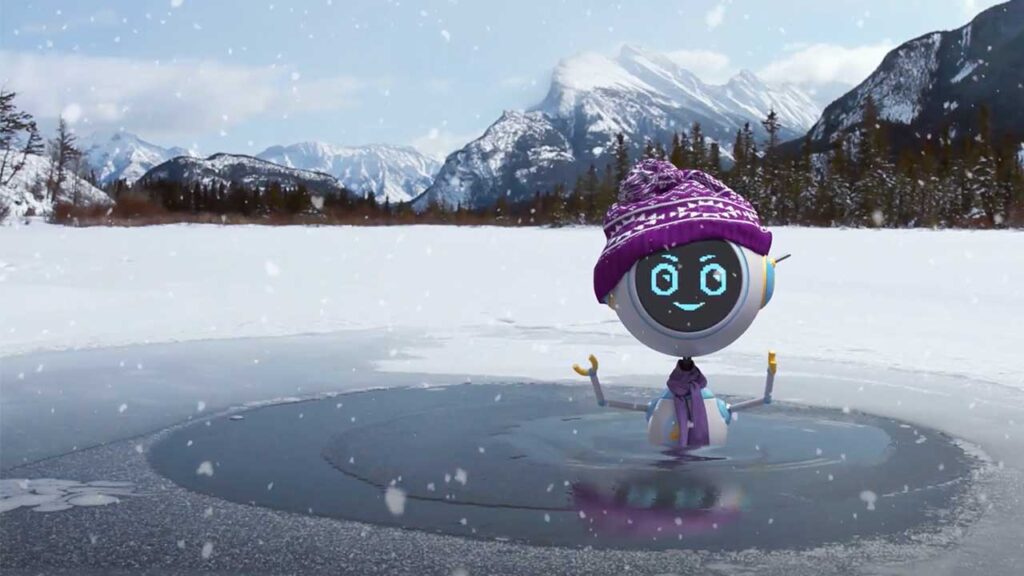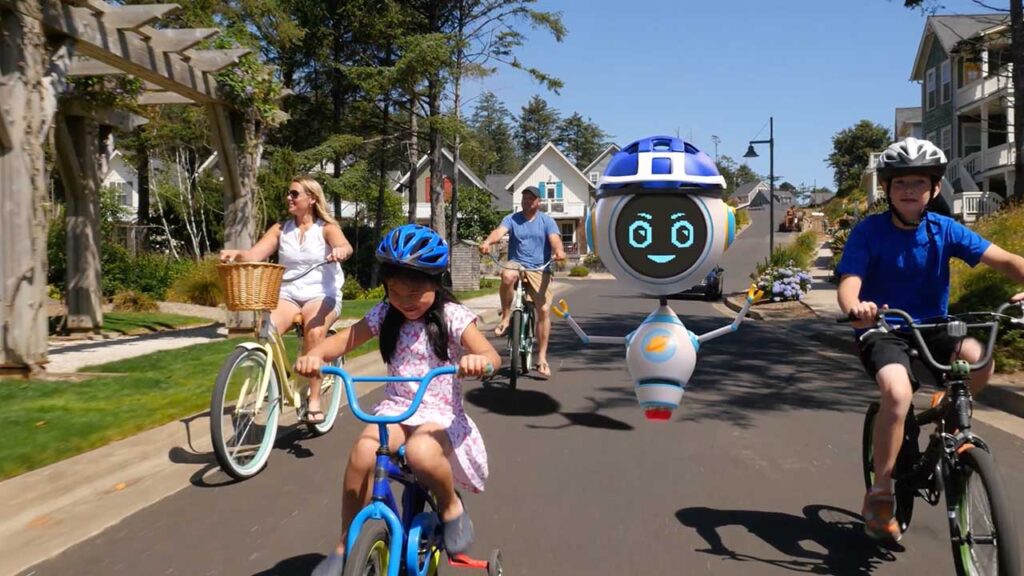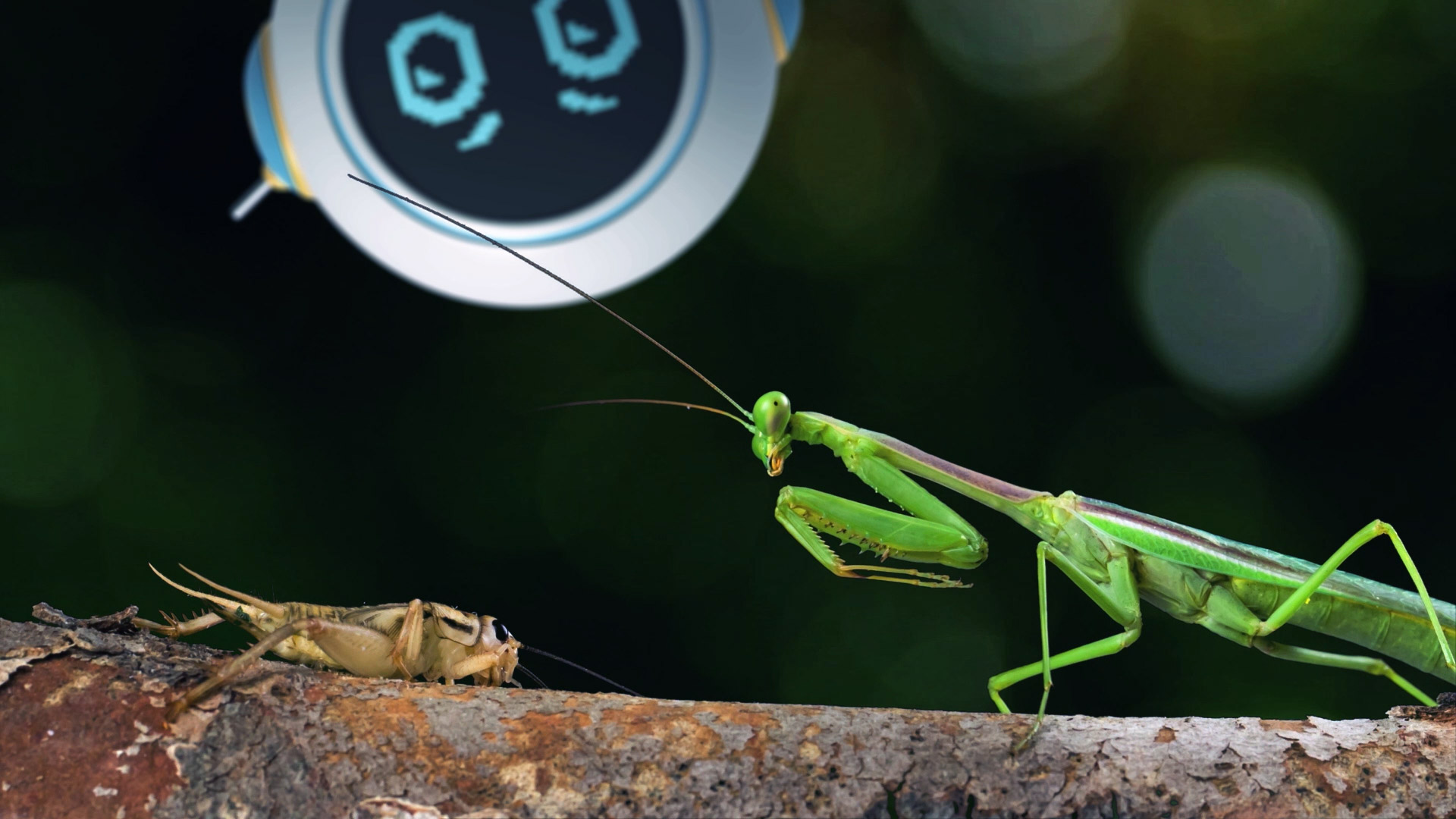What If videos are being embraced by teachers around the world to help explain complex scientific concepts and theories to students in a way that stimulates their curious minds rather than put them to sleep. At Underknown we are hard at work on development for a new What If Kids series and we are pulling out all the stops to make sure younger learners can also get in on the action.
“We’ve been working on hypothetical stories for a What If series since 2018. And we’ve heard feedback from the kids watching What If in school. I can see why all the fun hypothetical topics would interest a younger audience,” says showrunner Maryna Hordiienko on the inspiration for developing the show.
We imagine a series of five-minute episodes include instructional activities, providing simple steps for how the adults in the room can help demonstrate the theories presented in a particular video in a very real, exciting (and always less dangerous) way. That’s in an effort to show what it’s like to be swallowed by a whale without, you know, actually being swallowed by a whale.

Geared toward the 6 to 9 age group, What If Kids is designed so learning can be fun, no matter the surroundings. Science centers looking to shine a new light on the outcome of the Sun disappearing, natural history museums wanting an ‘in’ to demonstrate the repercussions of Earth’s trees suddenly being on their way out, teachers needing a way to take a virtual deep, deep dive straight through the center of Earth and parents homeschooling their children with the appetizing appeal of living in a house made of Jello — these are just a few of the applications What If Kids is meant to help with.
“The videos are funny, visually engaging and accessible to all children,” explains educator and series writer Bethany Kempster. “Our hope is that “What If Kids” will spark each child’s curiosity and lead them to ask “what if” questions of their own.”
And wherever help is needed, so is a helper. For What If Kids, it’s Cosmo the robot, a perpetually inquisitive student from the galaxy-famous Interstellar Academy. During the course of preparing a presentation on Earth for school, Cosmo runs simulations on various mind-blowing scenarios with the assistance of four young Earthly companions: BioFriend, GeoFriend, StructureFriend and EnergyFriend.
 “Cosmo was designed as an avatar for young audiences. He’s a kid himself, curious about the world around him and collecting knowledge everywhere he goes,” says the precocious robot’s creator, Scott Nihill.
“Cosmo was designed as an avatar for young audiences. He’s a kid himself, curious about the world around him and collecting knowledge everywhere he goes,” says the precocious robot’s creator, Scott Nihill.
Sometimes Cosmo gets a little too adventurous, leading him to create simulations where these young experts need to clarify for him as to why things have gone completely haywire. Everyone learns together and has fun together as a team, a concept that goes beyond age. That’s all part of the series plan, according to showrunner Maryna Hordiienko.
“What If Kids isn’t just a show for kids, it’s a show tailored to fit the school curriculum. It’s made to educate in a very entertaining way. And I’m especially proud of how we managed to incorporate Cosmo and his great little personality, as well as his four friends, into the show.”
To find out more about how What If Kids please contact Underknown from the What If Kids page.








